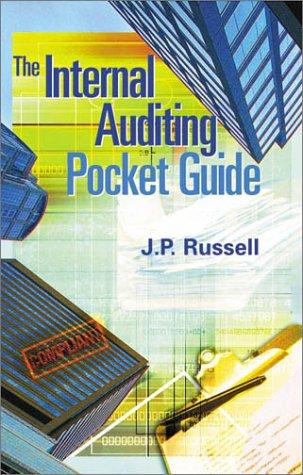Question
For each of the scenarios provided (1-12) answer the following questions: a. Is the transaction taxable? b. If not, indicate the type of reorganization. c.
For each of the scenarios provided (1-12) answer the following questions: a. Is the transaction taxable? b. If not, indicate the type of reorganization. c. In 2 or 3 sentences, support your decision. For example, if you state the transaction is a Type B reorganization, explain why the transaction qualifies as a Type B reorganization. Scenario: 1. Red Corporation owns assets valued at $500,000 and liabilities at $200,000, and White Corporation has assets valued at $1 million and liabilities of $150,000. Red transfers 75% of its voting stock to White in exchange for 90% of its assets. White distributes the Red stock, its own remaining assets, and all of its liabilities to the White shareholders. White then liquidates. 2. Green Corporation holds assets valued at $600,000 and liabilities of $150,000. Blue Corporation transfers $540,000 of its voting stock for 90% of Greens assets. Blue assumes none of Greens liabilities. Green distributes the Blue stock, its own retained assets, and its liabilities to the Green shareholders and then liquidates. 3. Orange owns assets valued at $400,000 and liabilities of $100,000. Yellow Corporation exchanges $200,000 of its voting stock and land worth $100,000 for all of Oranges assets and liabilities. Orange distributes the Yellow stock to the Orange stockholders and retains the land. 4. Apricot Corporation moves its headquarters and incorporation from Rochester, New York, to Santa Fe, New Mexico. It changes its name to Chile Pepper, Inc. 5. Pink Corporation holds assets valued at $500,000 and liabilities at $100,000. Black Corporation transfers $350,000 of its voting stock and $50,000 of nonvoting stock for all of Pinks voting and nonvoting stock. Pink becomes a subsidiary of Black. 6. Gray Corporations paperclip division owns assets valued at $300,000 and liabilities of $50,000. The staple division holds assets valued at $900,000 and liabilities of $150,000. Gray would like the two divisions to be separate corporations. It creates Silver Corporation and transfers all of the paperclip division assets and liabilities in exchange for 100% of Silvers stock. Gray then distributes the Silver stock to its own shareholders in exchange for 25% of their stock in Gray. The divisions have been in existence for 10 years. 7. Purple holds assets valued at $800,000 and liabilities at $200,000. Brown Corporation transfers $280,000 of its voting stock for 60% of Purples assets and all of its liabilities. Purple distributes the Brown stock and its remaining assets to the Purple shareholders. Purple then liquidates. 8. Rust Corporation holds assets valued at $500,000 and liabilities at $150,000. Beige Corporation transfers $350,000 of its voting stock and $30,000 in cash for all of Rusts assets and assumes 80% of its liabilities. Rust distributes the Beige stock, cash, and the remaining Rust liabilities to its shareholders and then liquidates. 9. Gold Corporation owns assets valued at $850,000 and liabilities at $800,000. To keep its creditors from foreclosing, Gold creates a new corporation, Fish, Inc., and transfers all of Golds assets to Fish under the guidance of the state court. The creditors received $800,000 of Fish stock, and the former Gold shareholders receive the remaining shares in Fish. 10. Cyan Corporation holds assets valued at $100,000 with liabilities of $20,000. Coral Corporation has assets valued at $900,000 with liabilities of $100,000. Cyan exchanges 80% of its voting stock for 40% of Corals assets and liabilities. Coral distributes the Cyan stock and the remaining Coral assets and liabilities to the Coral shareholders. Coral then liquidates. 11. Fuchsia Corporation obtained 40,000 shares of Slate Corporations stock four years ago. In the current year, Fuchsia exchanges 20% of its stock for 42,000 of the remaining 60,000 shares of Slate stock. After the transaction, Fuchsia owns 82,000 of the 100,000 Slate shares outstanding. 12. Chartreuse Corporation has two lines of business (water purification and mining), which have been conducted for the past 20 years. Chartreuses shareholders decide that it would be best to split Chartreuse into two corporations. The assets and liabilities of the water purification plant are transferred to Aqua Corporation in exchange for all of its stock. The mining divisions assets and liabilities are exchanged for all of the stock in Copper Corporation. The Aqua and Copper stock is distributed to the Chartreuse shareholders in return for all of their Chartreuse stock. Chartreuse then liquidates.
Step by Step Solution
There are 3 Steps involved in it
Step: 1

Get Instant Access to Expert-Tailored Solutions
See step-by-step solutions with expert insights and AI powered tools for academic success
Step: 2

Step: 3

Ace Your Homework with AI
Get the answers you need in no time with our AI-driven, step-by-step assistance
Get Started


